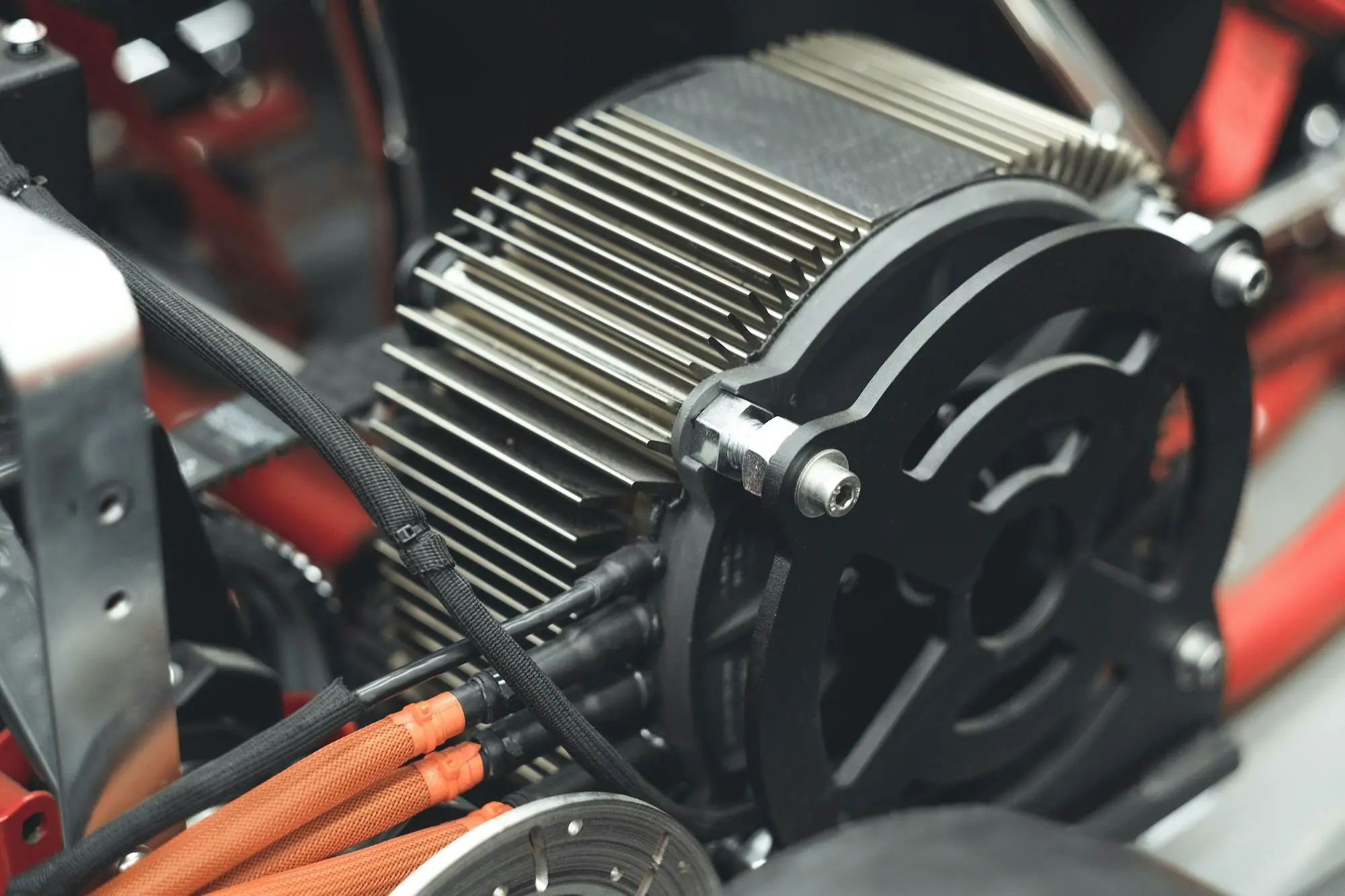Selecting the right electric motor for a motorcycle is a crucial step in designing a high-performance, efficient, and reliable electric vehicle. The motor serves as the heart of the motorcycle, determining its speed, acceleration, and overall performance. This article provides a detailed and professional guide on how to choose a powerful electric motor for a motorcycle, covering all essential aspects and technical considerations.
Understanding Electric Motors for Motorcycles
Types of Electric Motors
Electric motorcycles typically use two main types of motors:

- Brushless DC Motors (BLDC): Known for their high efficiency, reliability, and low maintenance, BLDC motors are a popular choice for electric motorcycles. They provide excellent torque and power density, making them suitable for high-performance applications.
- Alternating Current (AC) Motors: AC motors, including induction motors and synchronous motors, are also used in electric motorcycles. These motors are robust and can handle high power levels, but they often require more complex control systems compared to BLDC motors.
Key Performance Metrics
When selecting an electric motorcycle motor, several performance metrics must be considered:
- Power (kW): The power rating of the motor, typically measured in kilowatts (kW), determines the motorcycle's top speed and acceleration. A higher power motor will provide better performance but may also increase energy consumption.
- Torque (Nm): Torque, measured in Newton-meters (Nm), is crucial for acceleration and climbing hills. Motors with higher torque ratings can deliver strong acceleration and better performance in demanding conditions.
- Efficiency (%): The efficiency of the motor affects the overall range of the motorcycle. Higher efficiency motors convert more electrical energy into mechanical energy, reducing energy losses and extending the motorcycle's range.
- Voltage and Current (V, A): The operating voltage and current of the motor influence its compatibility with the motorcycle's battery and controller. Higher voltage systems can deliver more power and efficiency but require careful management of electrical components.
- Weight and Size: The weight and size of the motor impact the motorcycle's overall design and handling. Lighter motors contribute to better agility and performance, while compact designs allow for more flexibility in mounting and integration.
Steps to Choose a Powerful Electric Motor
Step 1: Define Performance Requirements
Start by defining the performance requirements of your motorcycle. Consider the following aspects:
- Top Speed: Determine the desired top speed of the motorcycle. Higher top speeds require more powerful motors.
- Acceleration: Define the required acceleration performance, particularly for city driving or competitive scenarios.
- Range: Establish the expected range per charge. Motors with higher efficiency will help achieve longer ranges.
- Load Capacity: Consider the total weight of the motorcycle, including the rider, passengers, and cargo. This affects the required torque and power.
Step 2: Calculate Power Requirements
Use the following formulas to estimate the required power and torque for your motorcycle:
Power (kW): P = W / T
Step 3: Evaluate Motor Types
Based on the performance requirements, evaluate the types of motors available:
- BLDC Motors: Ideal for high-efficiency, high-performance applications. They offer good torque and power density with minimal maintenance.
- AC Motors: Suitable for robust, high-power applications. Consider these if your design can accommodate the complexity of the control systems.
Step 4: Check Compatibility with Battery and Controller
Ensure that the selected motor is compatible with the motorcycle's battery and controller:
- Voltage Matching: The motor's operating voltage should match the battery voltage. Common voltage ratings for electric motorcycles include 48V, 72V, and 96V.
- Current Capacity: The motor controller must be capable of handling the current required by the motor. Check the continuous and peak current ratings.
- Battery Capacity: Ensure the battery can supply sufficient energy for the motor's power demands. Higher capacity batteries are needed for more powerful motors.
Step 5: Consider Cooling and Thermal Management
Powerful motors generate significant heat, which must be managed to prevent overheating and ensure reliable operation:
- Air Cooling: Suitable for moderate power levels. Ensure adequate airflow around the motor.
- Liquid Cooling: Necessary for high-power applications. Liquid cooling systems provide efficient heat dissipation and maintain optimal motor temperature.
Step 6: Assess Motor Controllers and Integration
Choose a motor controller that matches the motor's specifications and offers advanced features such as regenerative braking, programmable profiles, and safety protections:
- Controller Type: Select a controller that can efficiently manage the motor's power and torque delivery.
- Integration: Ensure seamless integration with the motorcycle's electrical system, including throttle, battery management system (BMS), and other electronic components.
Step 7: Evaluate Manufacturers and Quality
Select a reputable motor manufacturer with a proven track record of producing high-quality, reliable motors. Consider factors such as:
- Warranty and Support: Check the warranty terms and availability of technical support.
- Certifications: Ensure the motor meets industry standards and certifications for safety and performance.
- Reviews and Feedback: Look for reviews and feedback from other users to gauge the motor's real-world performance and reliability.
Conclusion
Choosing a powerful electric motor for a motorcycle involves careful consideration of performance requirements, compatibility with electrical components, and the quality of the motor itself. By following a systematic approach and evaluating key metrics such as power, torque, efficiency, and thermal management, you can select a motor that delivers optimal performance and reliability for your electric motorcycle.

Leave A Comment